The likes of Versace and Coach are just the latest brands to have sailed into choppy waters, thanks to the recent PR crisis in China that are the stuff of marketers’ nightmares.
Generally, the coverage around these scandals has tended to focus on the specifics of what sparked the outrage, how the brand came under fire and from whom, and how the brand responded to the controversy.
There has been limited attention to how influencers (KOLs) can amplify both the fallout and contribute to the recovery and ‘damage control’ of these PR crises.
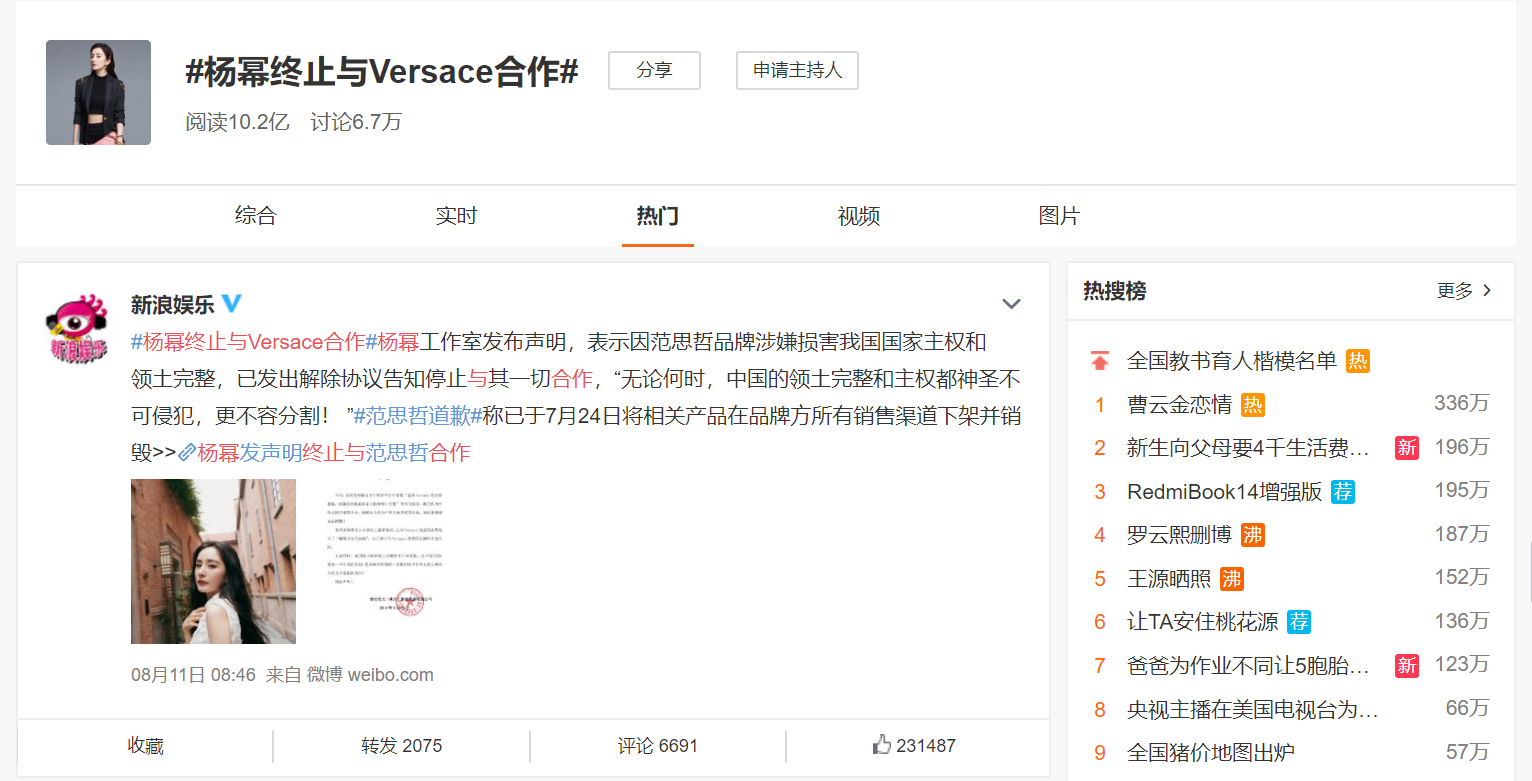
Influencers Can Cause a PR Crisis in China
In isolation, each of these PR crises can make for an interesting “what-not-to-do” tale of China marketing gone wrong. However, these scandals are happening with increasing regularity, and a pattern is emerging that marketers can’t afford to ignore. KOLs play an important role in many brands’ marketing strategies, from high-profile celebrity “brand ambassadors” to brands partnering with a diffuse array of online influencers. So when a PR crisis in China blows up, how do the KOLs affiliated with that brand respond? This is a volatile area, and recent examples have exposed a shift in power dynamics that leaves brands in an uncomfortably vulnerable position in China.
“KOLs and regular people really have the power to break brands now,” says PARKLU CMO, Elijah Whaley. “Democratised media has taken the power out of brands’ hands and put it into consumers’ hands.” When those consumers have hundreds of thousands or even millions of followers, as Chinese KOLs do, the implications are particularly serious for brands.
It’s become increasingly common to see celebrity brand ambassadors backing out of deals with brands. The recent case of Yang Mi ending her tenure as Versace’s first China brand ambassador after the brand issued a T-shirt listing Hong Kong and Macau as countries are one of the more high-profile instances of this. These incidents are almost always a bad look for the brand. Even if the celebrity remains tight-lipped about their reasons for cutting ties, the accompanying media outrage and trolling of the brand on social platforms will leave consumers in no doubt as to the context for the split. This is especially true in cases that are politically-charged when it’s unlikely that any prominent voices will speak up in defence of the crisis-stricken brand.
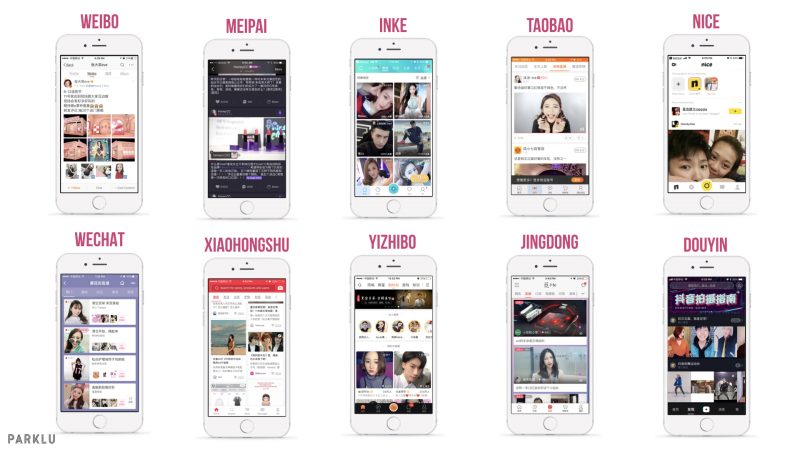
Influencer Marketing: Find the Right Influencers
More often than not, a PR crisis in China starts with a misstep (or perceived misstep) by the brand or one of its representatives. However, in some cases, the source of the brand’s woes can be their choice of KOL. “We’ve had some bad experiences with trolls attacking posts because of either the brand or the KOL having bad mojo or some fights going on,” Whaley says. “There are some of these KOLs out there that love drama, and they’re also bullies.”
Brands don’t want to be inadvertently dragged into a social media spat by a volatile KOL partner, which could prove costly for the brand’s reputation. This calls on brands to be very thorough in their communications with KOLs before they sign contracts. Nothing can be left to chance, so brands have to be sure their KOL partners are clear on the standards the brand expects the KOL to uphold and rules of engagement. Brands need to communicate where the red lines are and what consequences KOLs face for crossing them so as to avoid a PR crisis in China. Indeed, Whaley says he has seen examples of brands dropping KOLs who have fallen short of expectations.
Brands are increasingly looking into a KOL’s track record as an indicator of future performance. PARKLU recently vetted a number of KOLs on behalf of L’Oreal, who wanted to avoid partnering with controversy-prone influencers. “It was a risk assessment,” Whaley says. “They wanted us to go back through one to two years of a KOL’s posts to look at if they had ever stirred up controversy, said anything negative, been attacked by trolls. They wanted to go really deep into the data to protect themselves.”
This relatively new practice, Whaley says, is a sign of the times. “It shows brands are becoming very sensitive to the fact that these KOLs do have a very strong pull on PR, and to protect themselves brands need to work with people who don’t create drama on either end—they aren’t the receivers of drama and they aren’t the instigators of drama.”
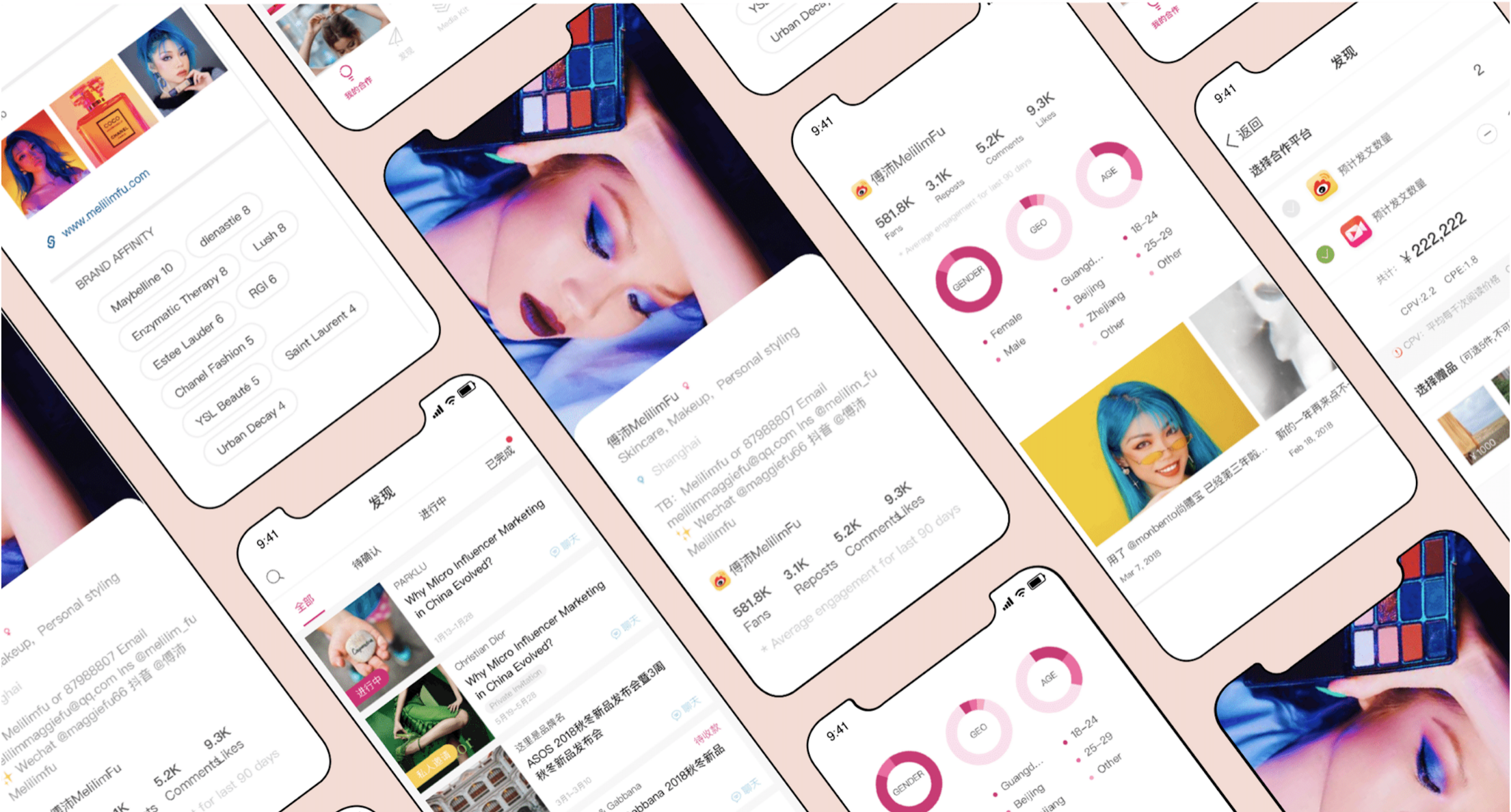
How Can Brands Shield Themselves?
Of course, in some cases, scandal can arrive at a brand’s doorstep in spite of the brand’s best efforts to avoid controversy. The Chinese government’s fury over South Korea’s deployment of the THAAD missile defence system put South Korean businesses in the cross-hairs in 2017 and into 2018. The officially sanctioned campaign of restrictions on everything from advertising to outbound travel that followed hit Korean brands hard.
The KOL realm played a significant part in the crackdown. Whaley says Sina Weibo actually contacted top KOLs and instructed them to hold off on posting about Korean products until further notice. With KOLs silenced, a key source of oxygen was shut off to Korean brands. “The ban was lifted three or four months later, but outbound travel to Korea from China halved in 2018 compared to 2017,” Whaley says. As the dust settled, Korean beauty conglomerate AmorePacific reported their first quarter of losses in years.
The upshot of all this is, according to Whaley, that it’s time for brands to dispense with some of the traditional dogmas around branding, marketing, and advertising. Power over brands is being decentralised away from the brands themselves and into the hands of KOLs and consumers. “It doesn’t matter what you say about your brand, it matters what everyone else says about your brand,” Whaley says. “The new paradigm is brands don’t have as much direct control over how their brand is perceived.”
Faced with this paradigm shift, how can brands shield themselves from the kind of heat a PR crisis in China can bring? Whaley says that one tactic from the KOL playbook brands should aim to replicate is “community development.” This means cultivating a hardcore following who will advocate on the brand’s behalf through thick and thin. “When KOLs get attacked and fight each other, the really smart KOLs don’t do anything,” Whaley says. “They don’t have to because their followers do all the fighting for them. If you don’t have a core community of people you’ve served, who love you, that champion your brand and know what your stance is, nobody’s going to fight the battle for you.”
Whaley says many brands will struggle to cultivate the intense followership that brands like Nike inspire. “Everyone knows where Nike stands,” Whaley says. “I feel some of these other brands are completely commoditised. Literally, all they do is sell a branded product.”
Brands need a distinct identity just as much as KOLs, and brands who fail to connect with people and communicate a clear stance on issues will flounder. “If you don’t have people that truly understand your stance on a multitude of issues, there’s no-one to defend you when those issues come up because there’s no-one that knows you,” says Whaley.
Brands can start curating their community by thinking about their followers as a tribe. Whaley says brands are often uncomfortable with the idea of “insiders” and “outsiders” but he believes these terms are helpful drivers of a community-building effort. “You’re one of us or you’re not,” he says. “There’s some amount of exclusivity. People like us buy stuff like this, and people who are not like us, don’t buy this stuff.”
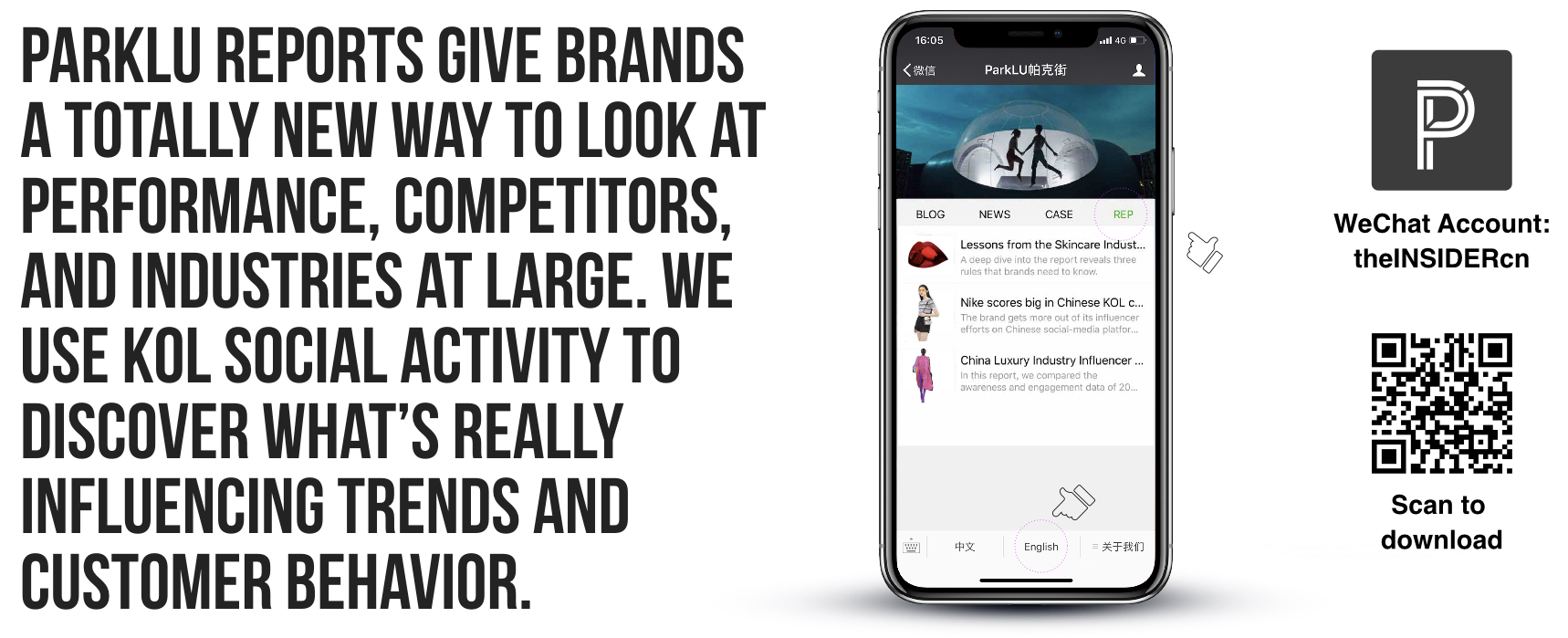
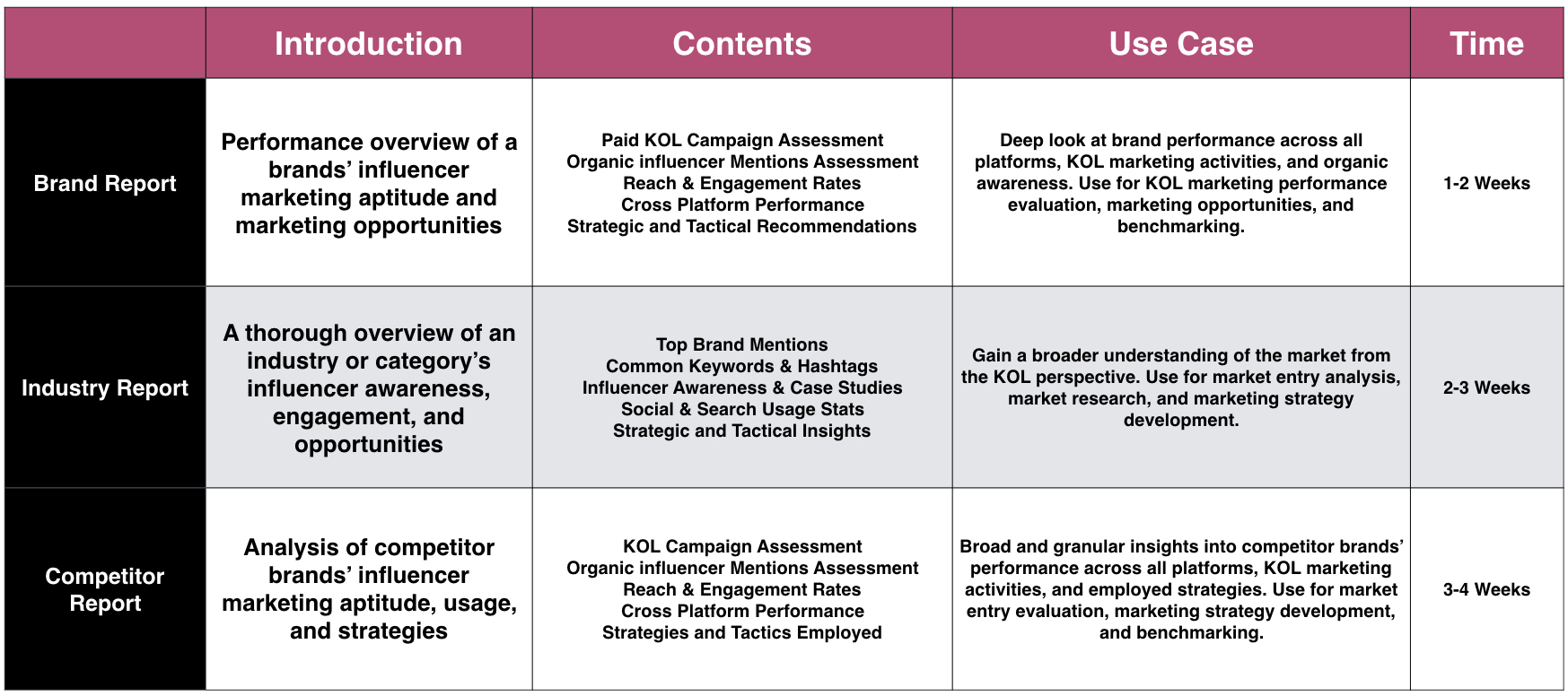


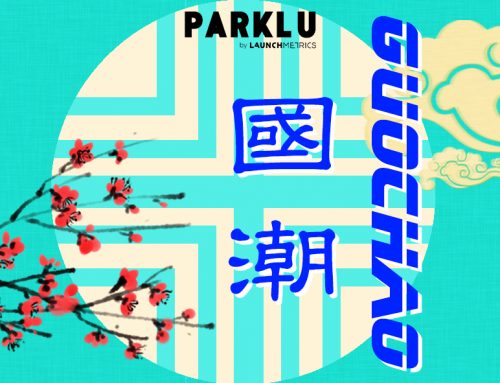

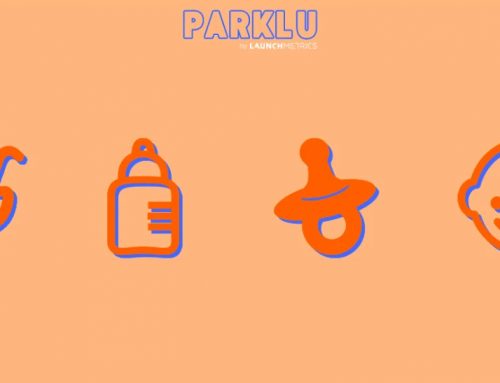


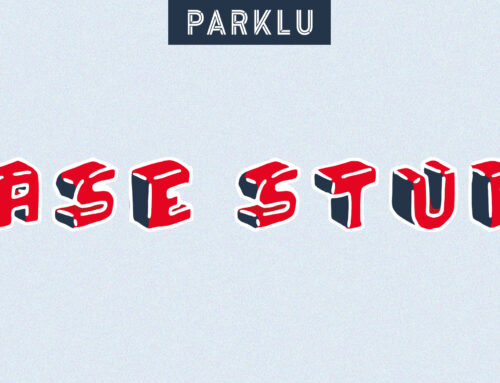

Leave A Comment